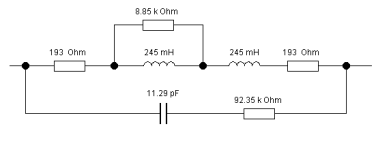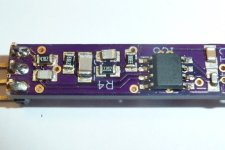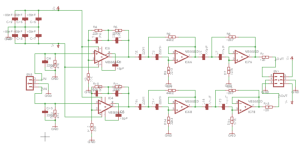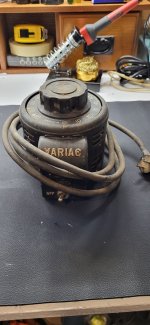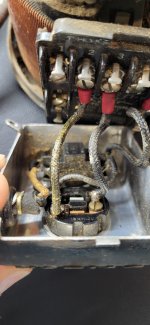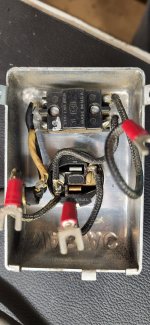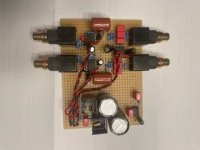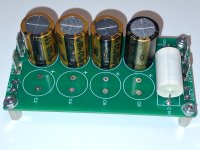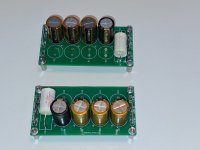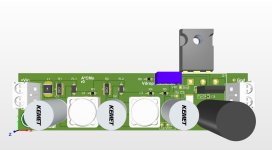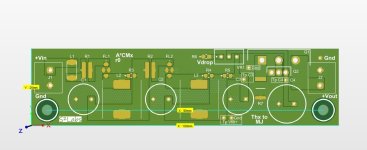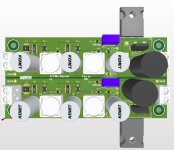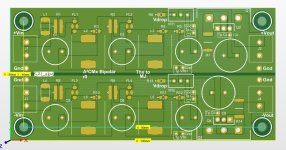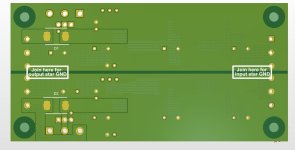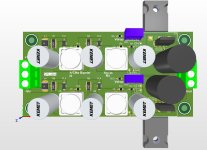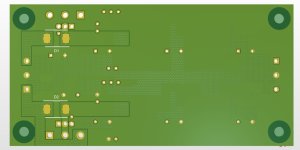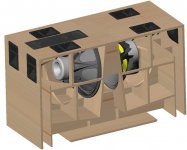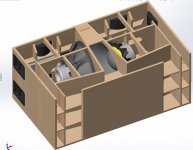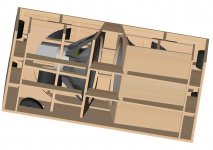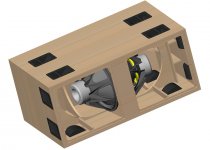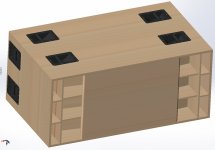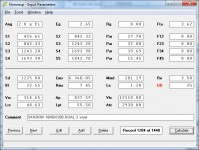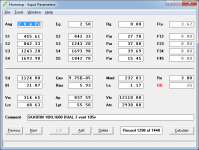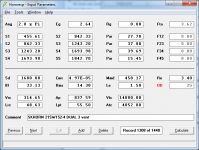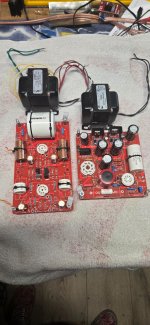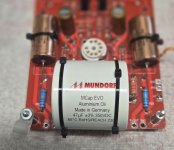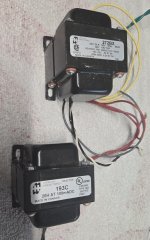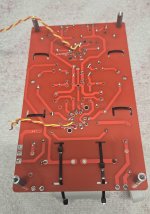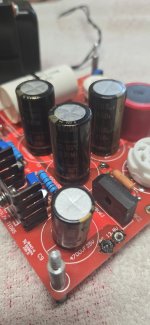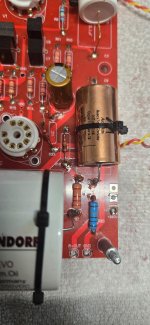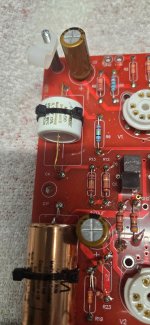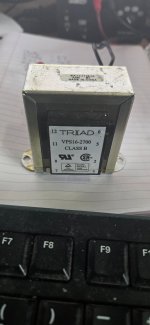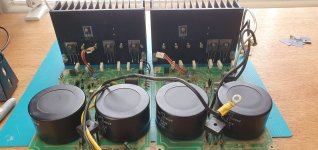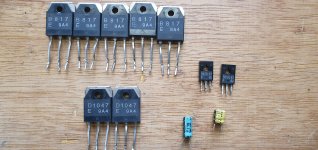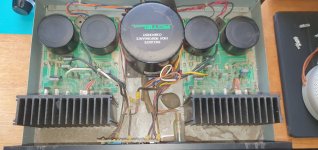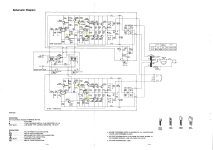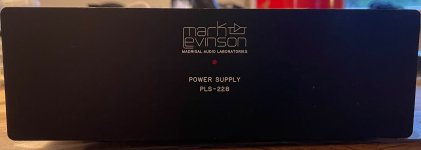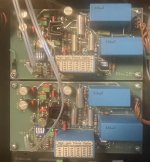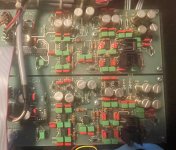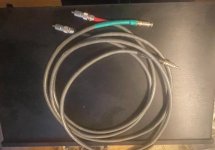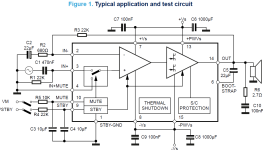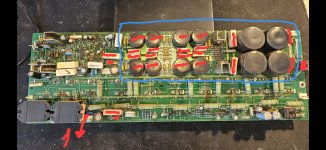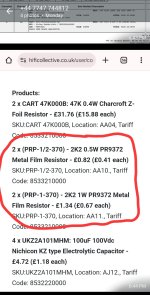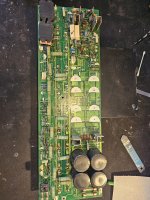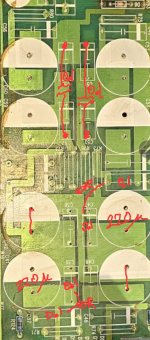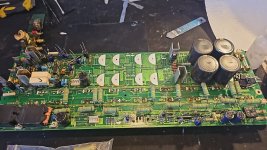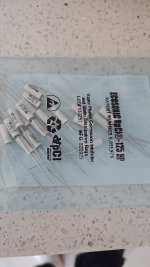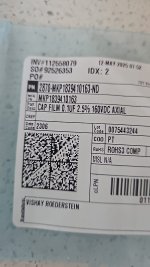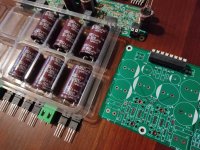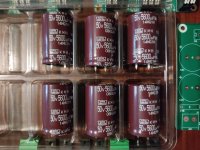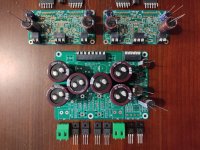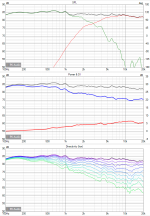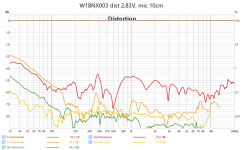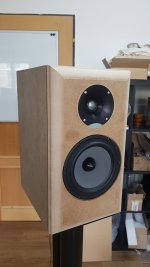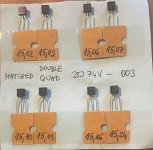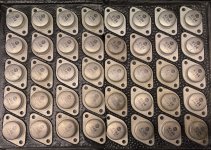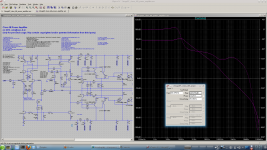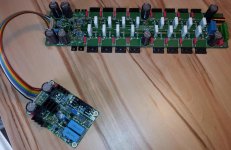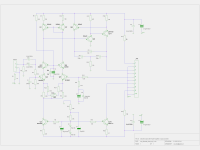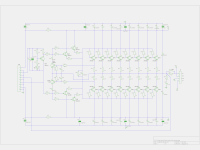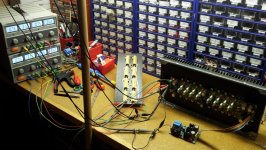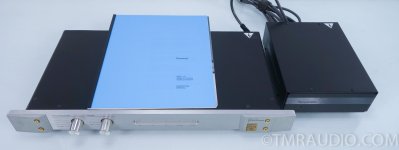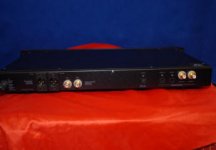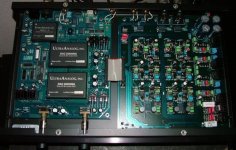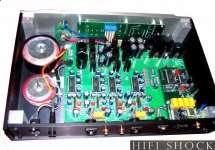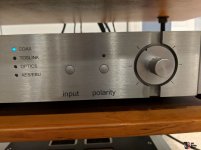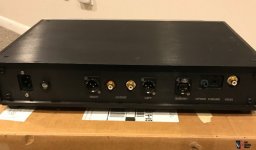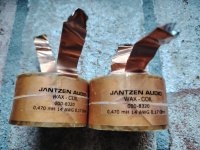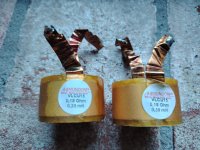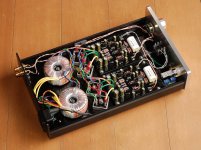I hope that my success using CachyOS, a gaming-compatilble distro, translates to other Linux distros and hardware platforms. But I did get it working in at least one OS with a gaming software stack, on at least one hardware platform.
In the Qorvo forum some people made significant progress. They reported problems with a black background and pixelated graphics, and output that showed discontinuities in graphs due to improperly translated GDI calls from DiriectX 12 calls. But as far as I can tell, no one has reported it as fully working on that forum. One solution to the black background emerged but it wasn't for everone as it required patching source code and recompiling an old version of Wine. And even then frustrations remained.
I'm not seeing any of these problems. It runs smoothly and quickly on what I believe is integrated graphics with DirectX 12 calls being properly translated to Vulkan calls via vkd3d or vkd3d-proton. vk3d3 is how the gaming community in Linux has been slowly realizing DirectX 12 support in Linux to support Windows games.
Tracing my steps / How I got Qspice to work under Linux
Since Mike Engelhardt was using DirectX 12, and since DirectX 12 was a major challenge to getting Qspice to work in Linux, I decided why not install a gaming distribution and try it there.
1.
Install a gaming OS. I installed CachyOS using the default kernel. This is on a notebook computer that has integrated Intel graphics and also a discrete nvidia graphics card. I tried to install the NVIDIA driver and it failed so I was forced to use the Intel integrated graphics which was fine because I knew that Vulcan support was/is excellent in Linux with Intel graphics. AMD graphics is also well supported.
Of note, the kernel that was compiled during the installation did not have NVIDIA graphics support. (This is not to say that it can't work with NVidia. I will try that next.)
2.
Install the gaming software stack. The CachyOS has a Hello program that pops up after installation. From there, I entered the Tweak section and clicked the button for installing the gaming stack. This gaming stack is huge. It's about 6 GB and includes Lutris and Steam.
With all the software stack available, I decided to install QSpice using Lutris. Because Lutris is designed for getting things to run, for getting anything to run in Linux. This includes finding and remembering different components of Wine and other aspects of this challenge. (Direct installation failed, but I believe that it can succeed.)
3.
Install QSpice. Since directly installing Qspice failed on Lutris, what I did was I installed Qspice freshly on my Windows computer and then copied the entire tree over to Linux. I then pointed Lutris to QUX.exe in that tree of files in order for it to run and then that worked.
I have attachments below that clarify the important points of how to configure Lutris for QSpice. The big picture is to select Wine as the runner, and to deselect DXVK and make sure you enable VKD3D. I deselected DXVK because I know that Mike is using DirectX 12 calls and not DirectX 11, 10 or 9.
Next, under runner options, the default runner for Wine, which is the latest, did not work. Close but no cigar. The one I had to choose was the
System(10.6). No other option worked at this time.
That's it!
Needless commentary
My goal of moving away from windows is one step closer. CachyOS will probably be my OS of choice, unless I can get this working on another that I favor. It is fairly well understood that LTSPICE already runs well under Wine in Linux. So, one or the other will probably work. Then there is Micro-Cap, which I've read mixed reports regarding Wine, but probably it works well enough.
For Photography I'm going with
darktable, probably the AppImage or Flatpak (not Snap). (As an aside, Photoshop users have reported success in at least CachyOS, and Photoshop has had a reputation for not running in Linux.)
Bye bye Micros*ft.
Of course, there's no guarantee that eventually Qspice will break in Linux, but at least we will have older versions that will run, and the older versions of Qspice are very good already I can tell you.
Seeing is believing:
Harware and software details of this CachyOS installion on this notebook:
Smooth graphics:
Runner options panel, details within Lutris setup:
That's a lot of pics. The other one I could show is the Wine version, but essentially it is version 10.6-2.
N.B. - CachyOS is an Arch Linux distribution. Therefore, this should also work in Arch Linux and also EndeavourOS. But please take note that it may not work and that it may only work on CachyOS because it has special kernels and drivers and it has its own compilation and optimizations for gaming.
N.B.2 - I also plan to try this with the kernel that is compiled with the NVIDIA-proprietary driver and also on a different machine that has only NVIDIA graphics cards and concomitant kernels and drivers.
N.B.3 - Arch-based distros are leading edge, rolling release distributions. They can be fragile, but I plan to approach this very conservatively. For those that don't know, rolling releases avoid major updates where, typically, things can break. Whereas a rolling release done conservatively will have continual small updates and no major discontinuities. The hope is for having smaller, fixable breakages here and there. My plan is to have a live USB nearby or have a second partition with a second installation with a more conservative base.
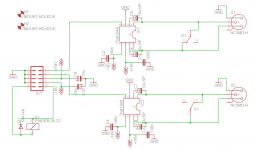

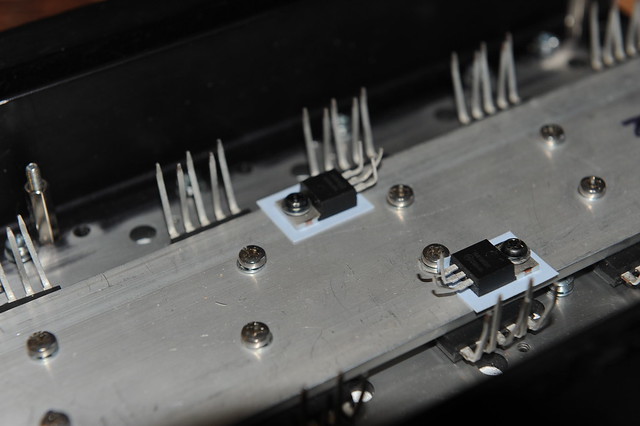
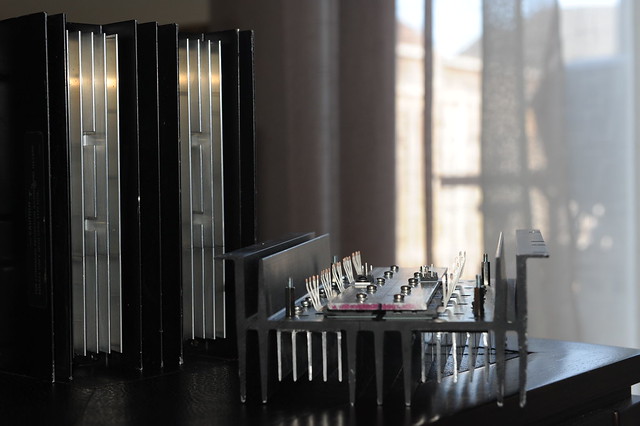
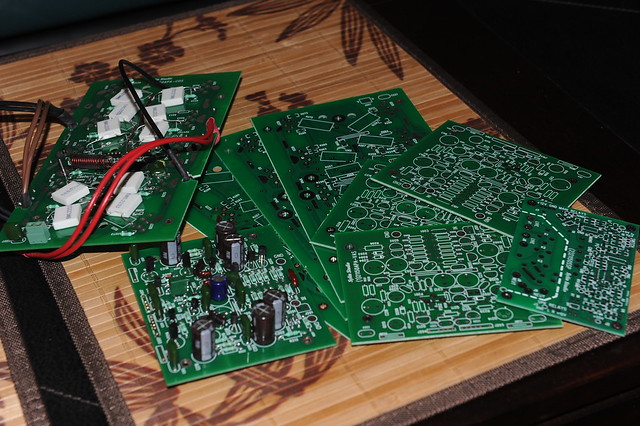

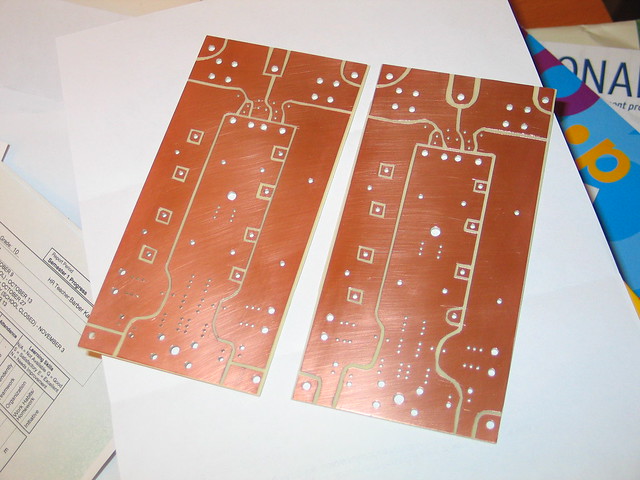
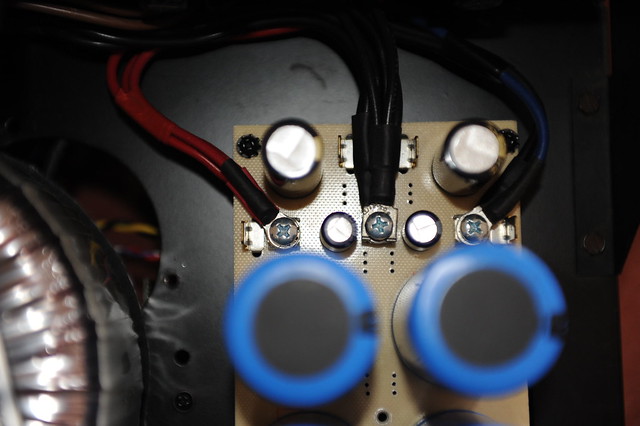
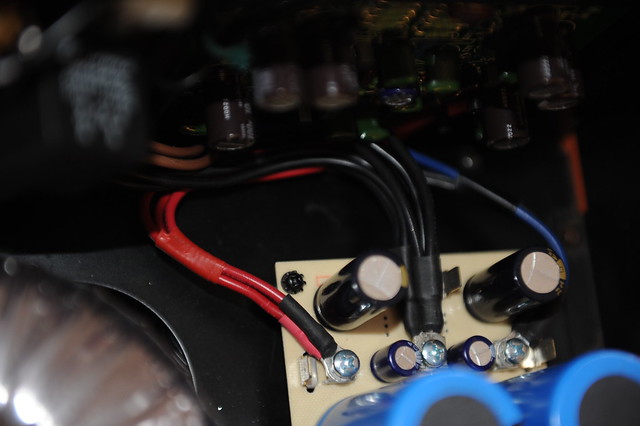

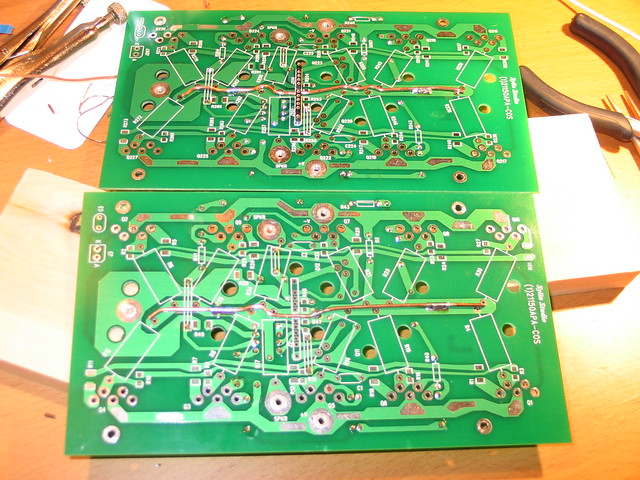
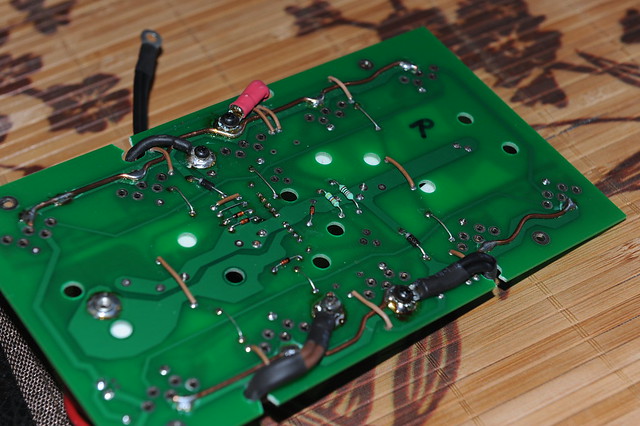
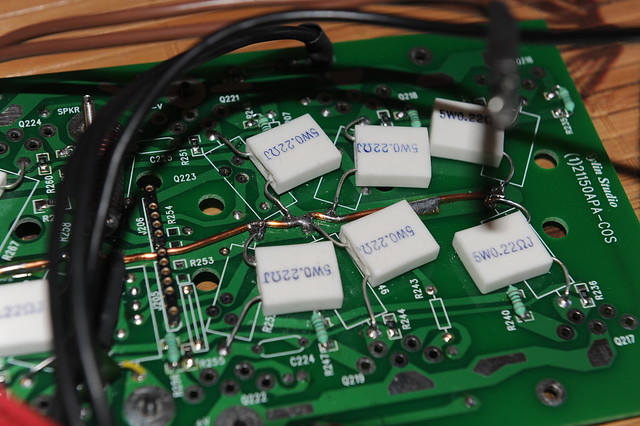
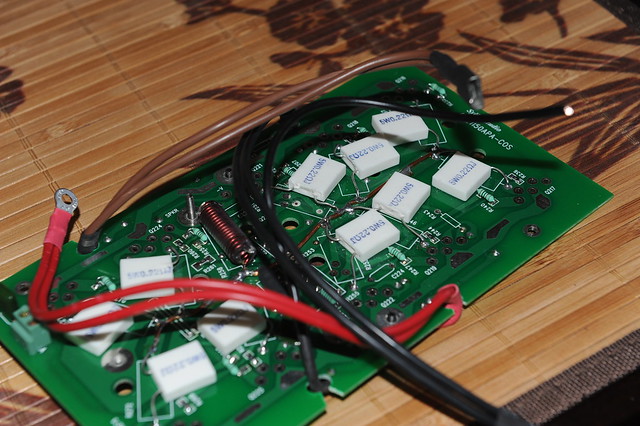
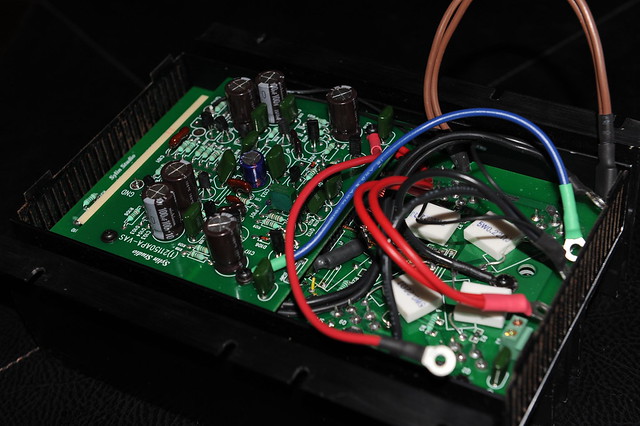
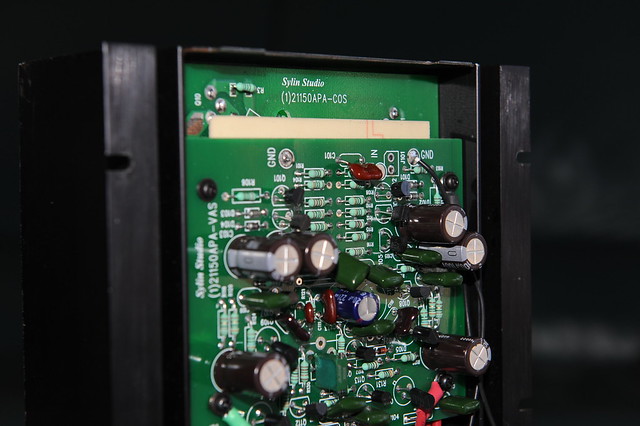

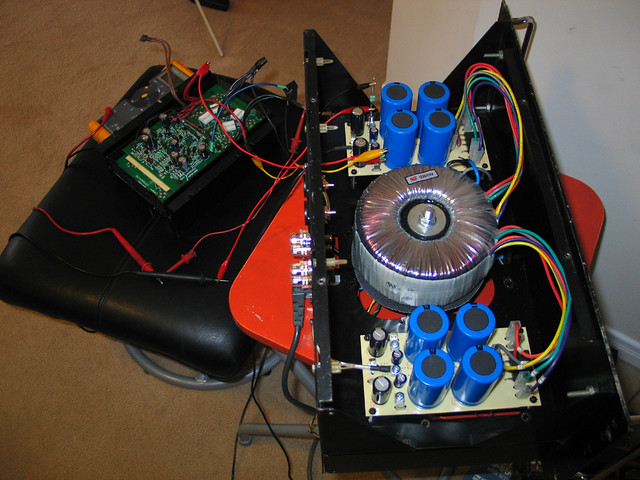
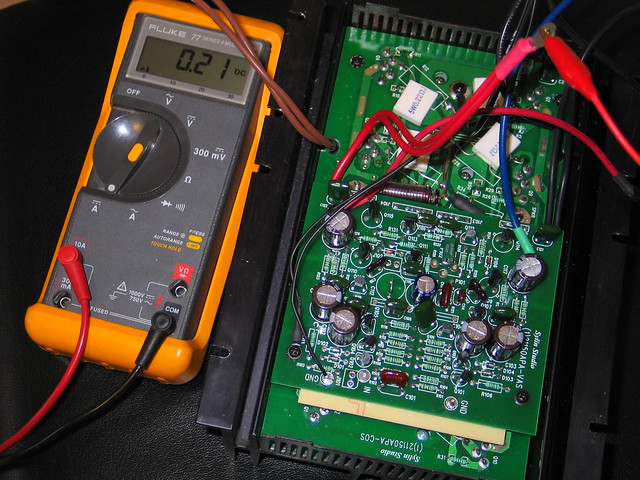
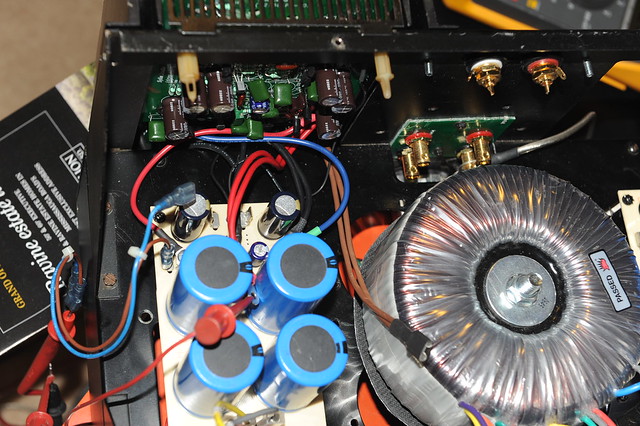

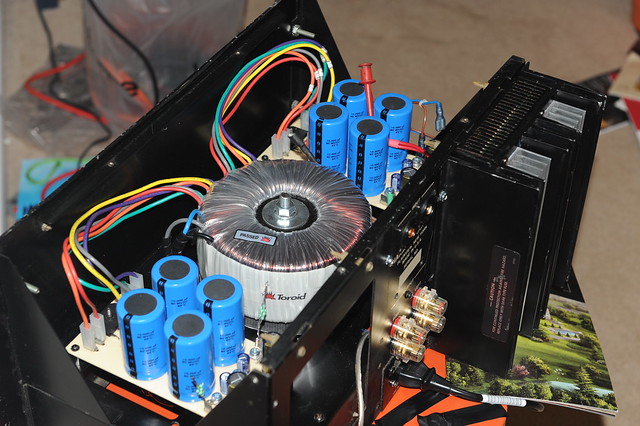

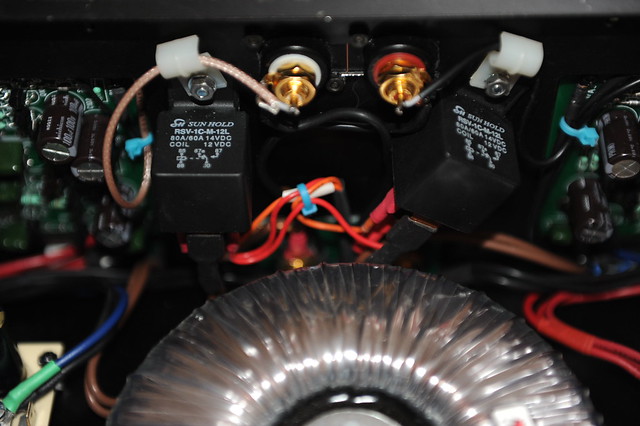
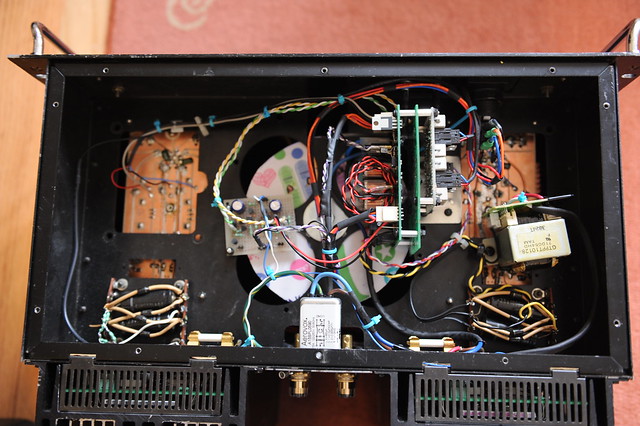
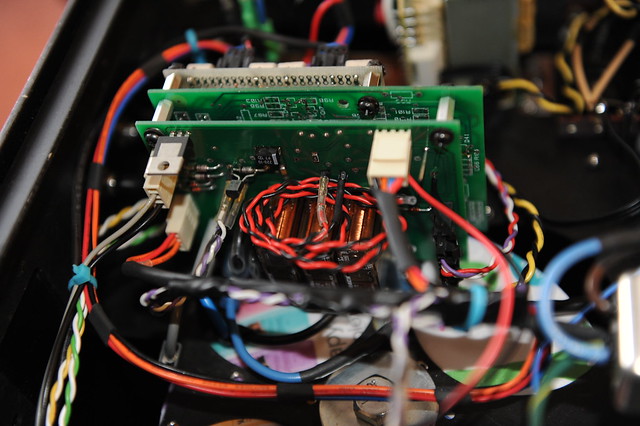

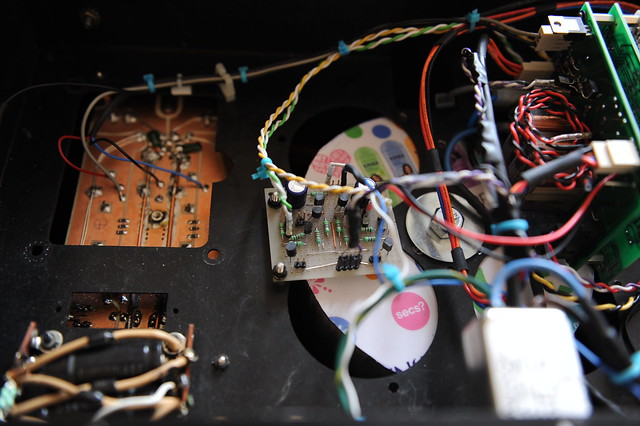
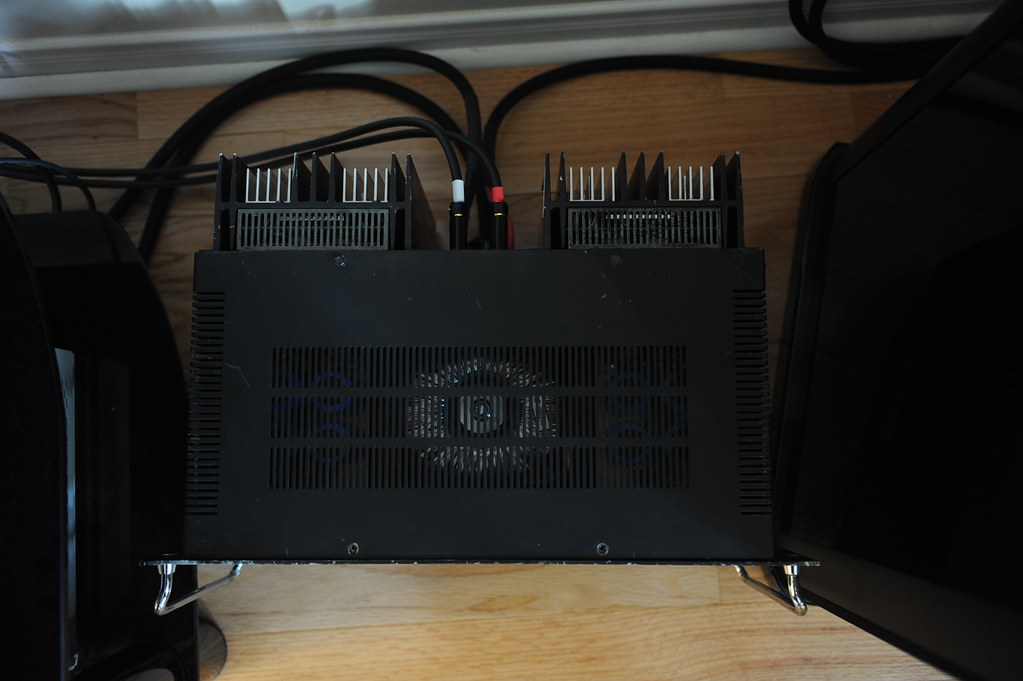
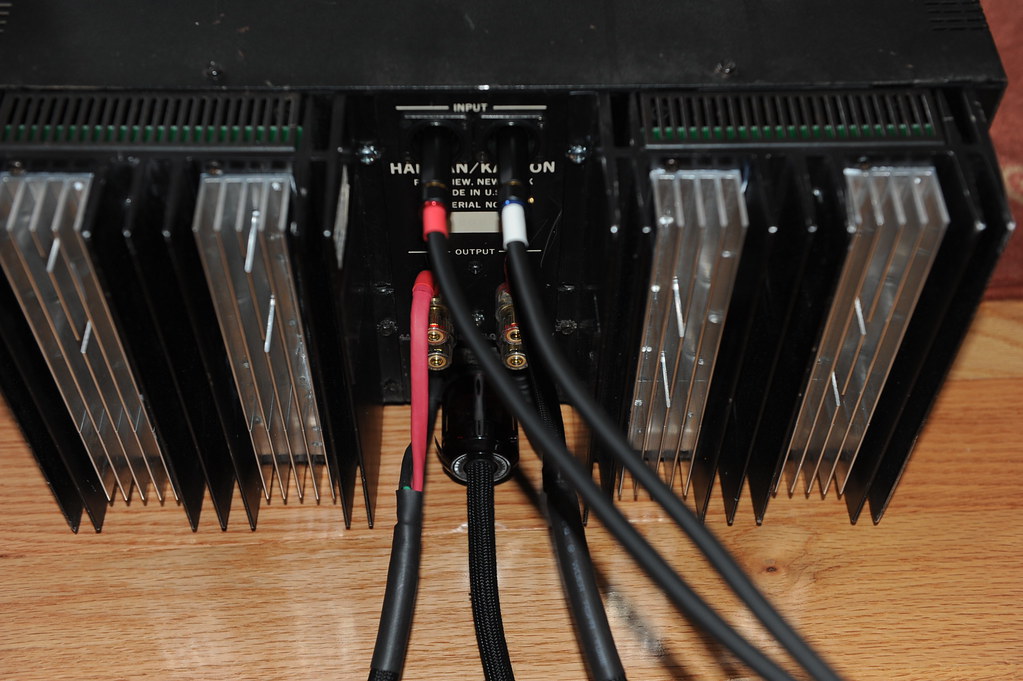
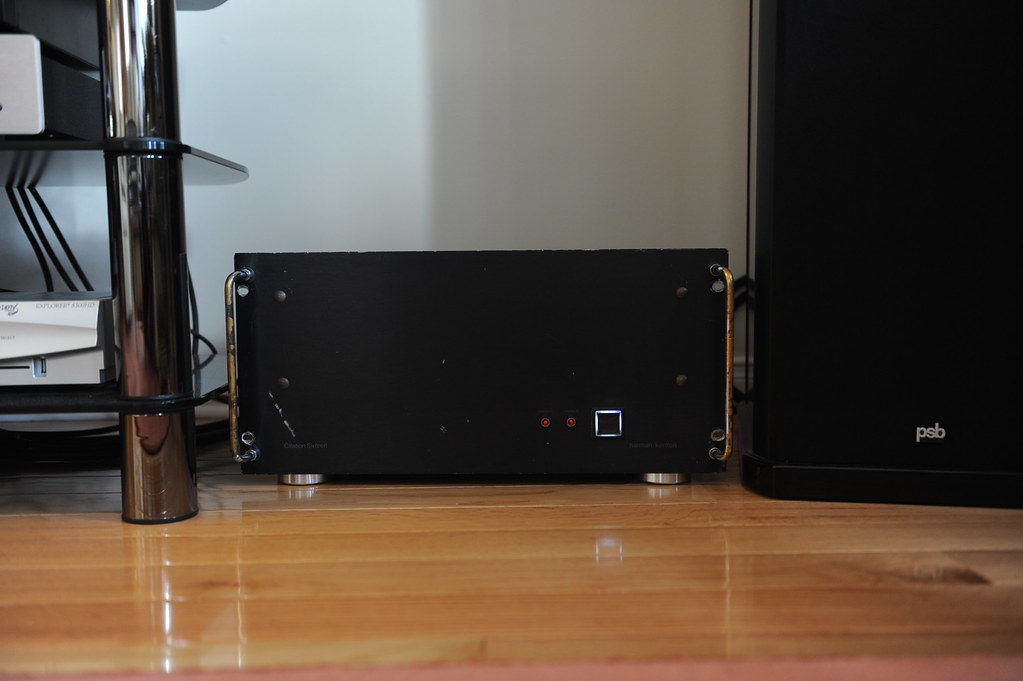
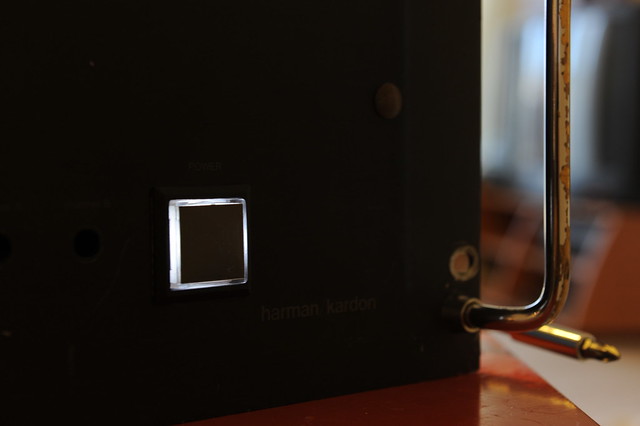

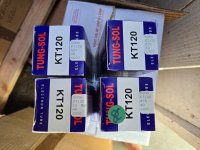
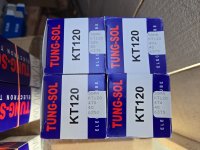
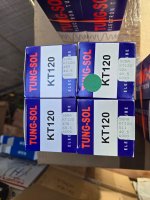

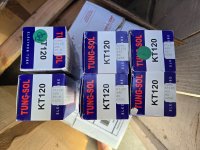


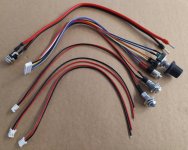
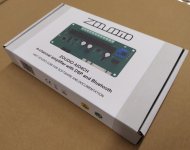
 )
) ) to make it better
) to make it better



